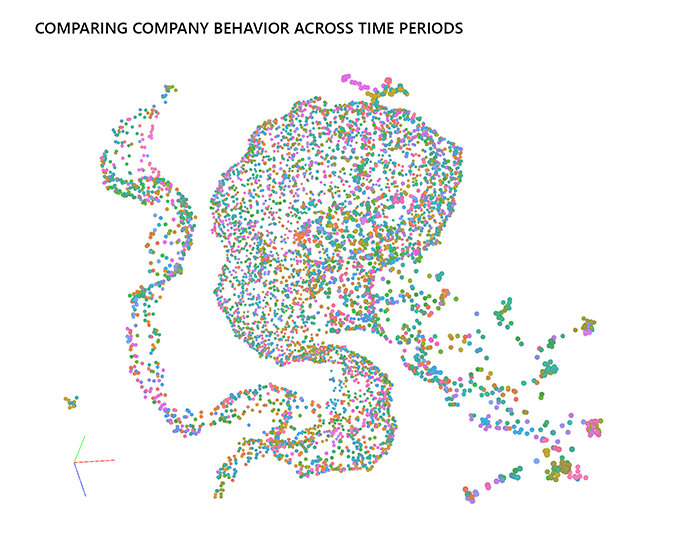Shining a light on beneficial ownership

Corruption is all too common. It threatens stability, the rule of law, and economic development by siphoning public funds for personal gain. Fighting corruption means first understanding who benefits from transacting with the government.
That understanding can be difficult. Those who benefit from corruption frequently obscure the nature of their relationships with government officials or entities doing business with the government. So-called “beneficial ownership” reporting requirements attempt to bring clarity to these linkages, but they’re often not enough. Bad actors fail to make truthful disclosures or hide behind complex, opaque ownership structures and “shell” companies. Registry information goes stale or is decentralized and disconnected. These gaps let conflicts of interest unfold and spread, leading to corruption, cronyism, and collusion.
Microsoft ACTS believes the time has come to shine a brighter light on beneficial ownership, closing the information gaps that fuel corruption. To do this, authorities and other stakeholders need to aggregate the static beneficial ownership information disclosed by an entity and compare it with the dynamic information reflecting how that entity behaves in the real world—where and how the entity transacts, who it associates and competes with, and how it behaves over time.
The technology to do this is within reach. It’s challenging but possible to aggregate everything we know about an entity—how it has behaved, with whom it has transacted, and what behavioral linkages it has demonstrated—into a single, unified visualization that represents possible connections. The necessary data is available. Governments are ready and willing to tackle the issue. The stakes have never been higher, and the need for a solution has never been greater.
It’s time to put the pieces of the puzzle together.
Putting the pieces together
The technology required to combine beneficial ownership registry data with real-world behavioral data is called “dynamic multipartite graph embedding.” This form of joint graph embedding reveals patterns in time-varying relationships between different kinds of entities: buyers, tenders, suppliers, owners, and so on.
Bringing this technology to bear will require investments in machine learning, visual analytics, and human-computer interaction. The resulting “transparency engine” will help users connect and make sense of all available data sources, in a way that makes all kinds of coordinated activity and structural influence explicit.

Pictured above: An example of a multipartite graph using 3D imaging to visualize parties’ activities over time.
This PowerBI visualizes relationships between multiple parties, including companies. It creates a single, unified representation of every entity participating in public procurement activity, from buyers and suppliers to items and tenders. It also exposes how suppliers themselves are related through ownership structures that are sometimes hidden.
It’s time for a new approach
It’s time for a new approach to beneficial ownership transparency, an approach driven by technology and fueled by data. We can’t succeed alone. Microsoft ACTS is committed to finding the right partners, asking the right questions, and building the right local communities to lead this transformational opportunity. We can do it if we work together. Join us.
